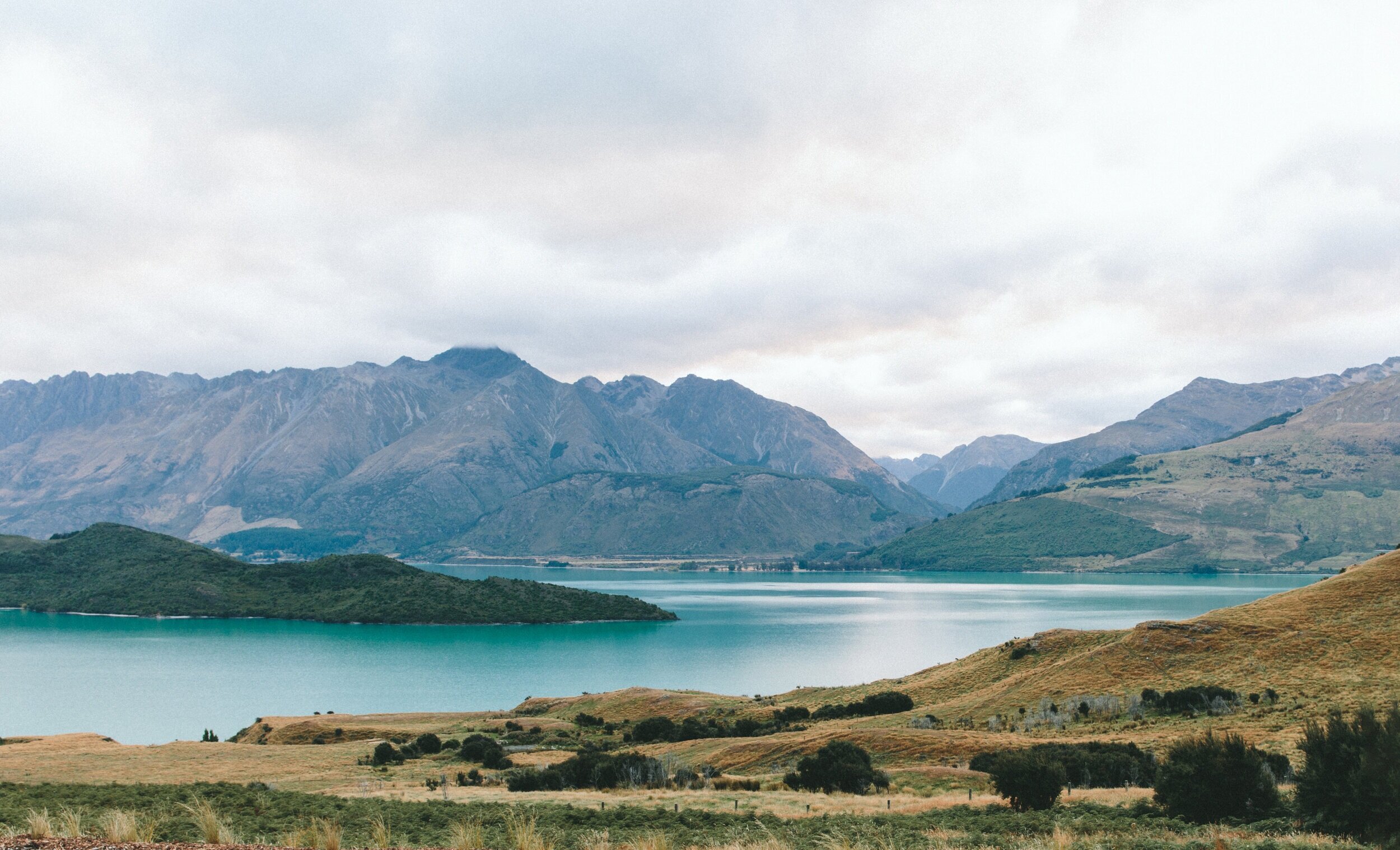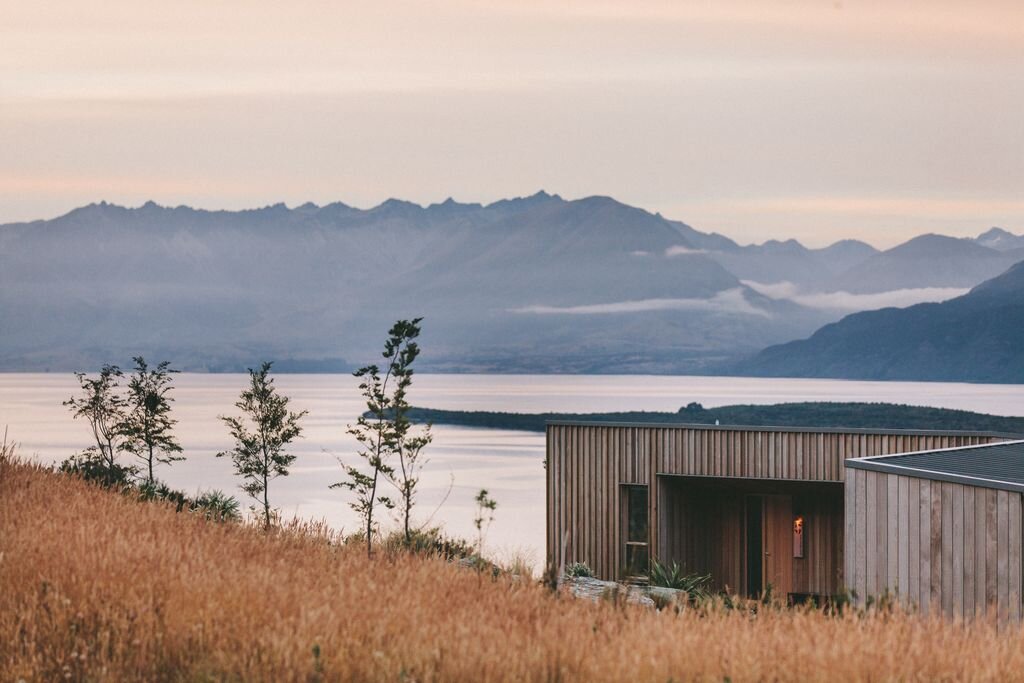Medical-Directional Rescue Stretcher
-

Description
This is a multi-functional stretcher that deals with the scene of three types of disasters: "water", "land" and "air", which can cope with the rescue needs of different scenarios.
Stretcher: In the face of the "land" disaster, the conventional stretcher form, the use of the way: hold the front and rear ends. In special environments, it can be folded and deformed to reduce the space of people and facilitate transportation; In the face of "air" disasters, the handles on both sides of the stretcher can be tied to ropes and lifted under the pull of human beings; In the face of "flood" disasters, stretchers can be split into four pieces and use the particularity of the material to float on the surface of the water for rescue. Use: Place the stretcher on your knees and apply force to the outside to segment.
Stretcher car: There are raised parts at the front and rear ends of the stretcher lathe, and when the stretcher is placed, the parts can be fixed by pressing the parts.
-

Exploded View
-

Guidelines for use
A's lifting function is designed to conjure up the mental or physical harm that high-altitude injuries can cause to people. Existing conventional rescue methods make it difficult to evacuate tourists to safe areas quickly and safely.
This schematic shows the injured person lying flat on a flat stretcher. How do I use the lift function? The rescue team's ropes were wrapped around the handles on either side of the stretcher to lift and lift. There are two handles on each side of the stretcher, for a total of four handles on both sides. When idle, the handle is embedded in the stretcher, and the handle can be turned over to use. The injured person can activate the rope after fixing the seat belt and ensuring safety. Suitable for some complex terrain or high altitude places where emergencies occur outdoors. For example: passengers injured when the amusement facilities are damaged; climbing enthusiasts who fall and are injured; people injured by fires and explosions in high-rise buildings.
B is in the normal transport state, and the injured person is in a lying position. Seat belts hold the injured person in place to ensure that the injured person is physically stable when transported. The transporter lifts the handle of the stretcher one after the other, and the handle is ergonomically designed to be recessed so that the handler's hand wears and avoids injury.
C is a stretcher design for surface rescue. The stretcher will be split into 5 pieces and soaked in water for rescue. One stretcher can save 5 people. The material of the stretcher has the function of a floating board, so it can save people. According to the folding of the human body proportion dividing line, the splitting is carried out on the folding dividing line. Splitting method: rescuers put the stretcher on the knee, push upwards, and the stretcher articulation structure will make the stretcher disintegrate; when reassembling, it is only necessary to re-fix the snap-on interface.
A B
Make it stand out.
-

Dream it.
It all begins with an idea. Maybe you want to launch a business. Maybe you want to turn a hobby into something more. Or maybe you have a creative project to share with the world. Whatever it is, the way you tell your story online can make all the difference.
-

Build it.
It all begins with an idea. Maybe you want to launch a business. Maybe you want to turn a hobby into something more. Or maybe you have a creative project to share with the world. Whatever it is, the way you tell your story online can make all the difference.